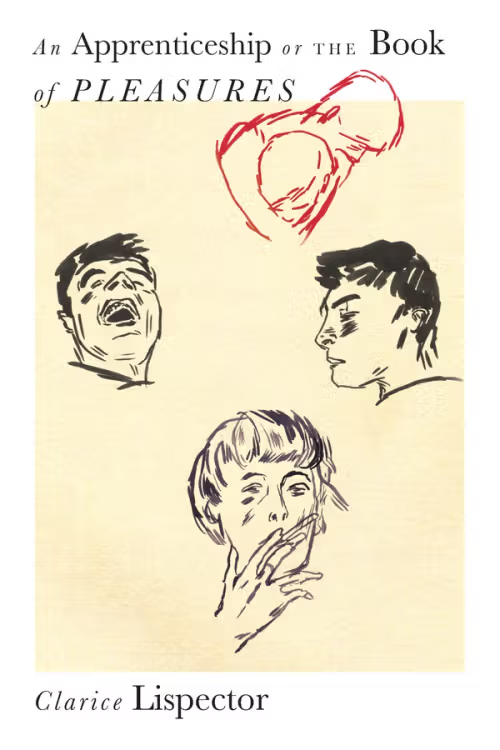Over the weekend, I started to pull Summer Reading options from various bookcases. I’d been wondering aloud, last week, about how to mark the distinction between spring and summer. The fledgling stack is an excellent reminder that I should write about my spring reading now, while the scent of the lilacs wafts in the front windows, and the scent of the lilies of the valley wafts through the back windows. (Besides my accidental spring reading, that is.)
My spring reading began with “Gold Watch”, a short story by John McGahern: “It was in Grafton Street we met, aimlessly strolling on one of the lazy lovely Saturday mornings in spring, the week of work over, the weekend still as fresh as the bunch of anemones that seemed the only purchase in her cane shopping basket.”
I pulled The Penguin Book of Irish Short Stories off my shelf in March, remembering Irish Short Story Month which Mel @rereadinglives first celebrated in 2010. After a few years, he got bit hard by the Irish-writing bug and the event stretched into the summer to make room for more interviews and reviews, and soon it seemed like a condition rather than an event.
It was 2014 when Mel posted about McGahern, but I didn’t get serious about him until this year (his Collected Stories just arrived, from overseas, last month).
It was snowing, it didn’t feel like spring outdoors yet, but it felt as though McGahern’s story was speaking directly to me. With this young man and young woman, who had graduated from the same law class five years before, who reunite in a street and strike up a conversation.

The characters take shape slowly– tentatively and authentically—as time passes and an ease develops between them. Other relationships in their lives hover on the fringes, with a little more prominence afforded to his parents than to hers. “And yet you keep going back to the old place?” she asks him.
“It’s just easier for me to go back than to cut,” he replies. “That way I don’t feel any guilt. I don’t feel anything.”
My copy of this anthology is second-hand, well-read: its spine so worn that it no longer feels worn anywhere in particular, only all over the place. There are only a handful of notations throughout the whole 544 pages, left behind by a previous reader, but this reply from the young man is underlined.
Below, on the same page, the word ‘yew’ is circled and, at the bottom: “a graveyard tree”.
Earlier in a story by George Moore, there is a single question mark in one margin.
I don’t know which of these leaves me more curious.

The same weekend, I began reading An Apprenticeship or the Book of Pleasures by Clarice Lispector (1969: Trans. Stefan Tobler, 2001).
It begins like this: THE ORIGIN OF SPRING OR THE NECESSARY DEATH IN THE MIDDLE OF THE DAY.
Perfect timing, I thought, but after about a dozen pages, I stalled.
When I returned to it, a couple weeks later, and not in the evening but, yes, in the middle of a weekend afternoon, I reread those pages and read it straight through.
Not comprehensively—only catching a hint of understanding every, ohIdunno, seventh sentence or so—but contentedly enough.
At the end is a short essay by Sheila Heti in which she says that she goes and finds herself a place where she can be alone with a work by Lispector: “I prefer to read her from start to finish, without interruption.”
It was comforting to find that Heti’s method of reading Lispector seems to align with mine (as she’s likely read more than I have).
It was also comforting to realise that the narrator was also confused and unmoored much of the time.
Opening the narrative in spring feels suitable, as the narrator seems to be moving towards something, perhaps blooming one could say.
But I also wondered about how her story would have played out if she had gone hunting for herself in the winter instead.
Must one begin a storm of love’s bloom in the spring? What of the growth that still lingers beneath the layers of snow that slowly and steadily accumulate, where beneath, insulated temporarily, one’s own sense of self can take root in that sheltered and slow-moving enclave.
I think we have become lazy, forgetting the root of a bloom; it makes us discount states of restoration and resilience and focus only on the shoots and leaves.
But Lispector’s story needs to end when the air is muggy and the smell of jasmine thickens the air at night, so this story must begin with spring.

I also reread Elizabeth von Arnim’s Enchanted April (1922). It’s an old favourite but, usually, I reread it when it is decidedly spring. Certainly at least April, and often so late in the month that plenty of flowers have already shot up in evidence.
This year I began reading when it was just as grey and miserable outside, as it is when Mrs. Arbuthnot and Mrs. Wilkins first meet on a rainy day in London, when they are both caught unawares by their desperate need for sunshine and wisteria blooms. It’s quite a different experience, reading it like this. Their sadness felt so pervasive, the heaviness of that wet day so burdensome.

Simply for the look of it, I chose one for its beautiful and intricate cover illustration which blooms against a vibrant green background, and it brought to mind spring, whenever it made its way to the top of my stacks: The Language of Languages by Ngũgĩ wa Thiong’o (published by Seagull Books in 2023).
It’s a collection of essays about language and culture, translation and storytelling: some only a few pages long, others more complex. If you have heard the news of his recent death, this lush volume could be an excellent introduction for you, if you’ve always meant to explore his work.
Summer is my least favourite season: I wonder if I can adjust my thinking on that, with just a bit of bookish concentration.
SPRING QUOTE
By Elaine Feeney“And though it was late, there was a stretch to the evening’s light, purple crocuses budding and tentative green shoots of daffodil heads poking through the ebony soil in some window pots.”

You are reading some interesting books. This summary leaves me wanting to know more about them. I haven’t read much von Arnim, but I think I will try and get a copy of E and her German Garden and start from there.
I’m going to read Enchanted April this summer, not so neat as reading in actual April but almost!
Actually…it might be perfect because I was thinking this time, as I read along, that things bloom there so much more quickly. The flowers I was reading about in later-April are all later-June flowers here. But EVA does have a “Summer” novel too, I believe?
I’m so glad you enjoyed the McGahern. While beautifully expressed, his early work can be quite dark as befits his own life but his novel That They Might Face the Rising Sun reads like the work of a man who has found peace.
Hmmm, I think that’s the one that I bought earlier this year, now that you mention it. I wonder if it’s the one Vishy read too. But with your advice, I’m thinking I might rather start with the “younger” authored works (once I venture beyond the stories). I have no single reason for it…but I have grouped him with William Maxwell in my mind?
Beautiful reviews! Loved hearing your thoughts on John McGahern’s story. I read one of his novels last year and loved it. It was my first McGahern. I’ll always wanted to read The Enchanted April. The cover of Ngũgĩ wa Thiong’o’s essay collection looks so beautiful. Thanks for sharing your thoughts
Thank you, I will try to remember to look back for your post when I get to reading his novels. (I have one, with the “new” Collected Stories, somewhere.)
I feel sure you will enjoy Enchanted April: it would be nice to keep it for a moment when you need something not-light-but-still-very-comforting.
You must be able to quite easily access Seagull Books’ publications? They are such lovely little hardcovers, I would find it hard to resist if I could see them all in person.